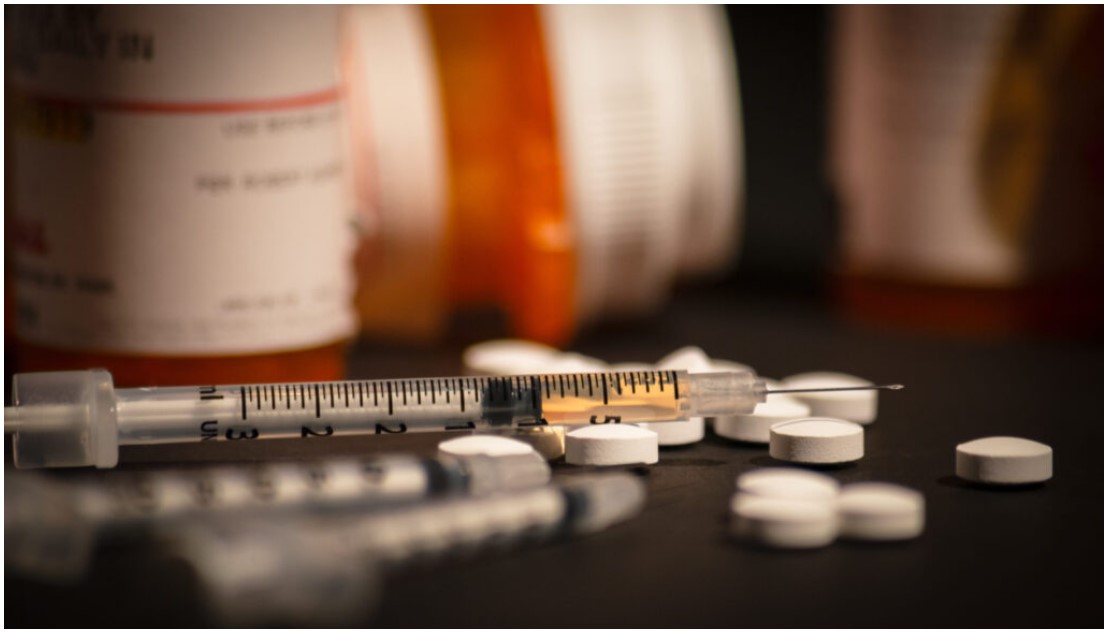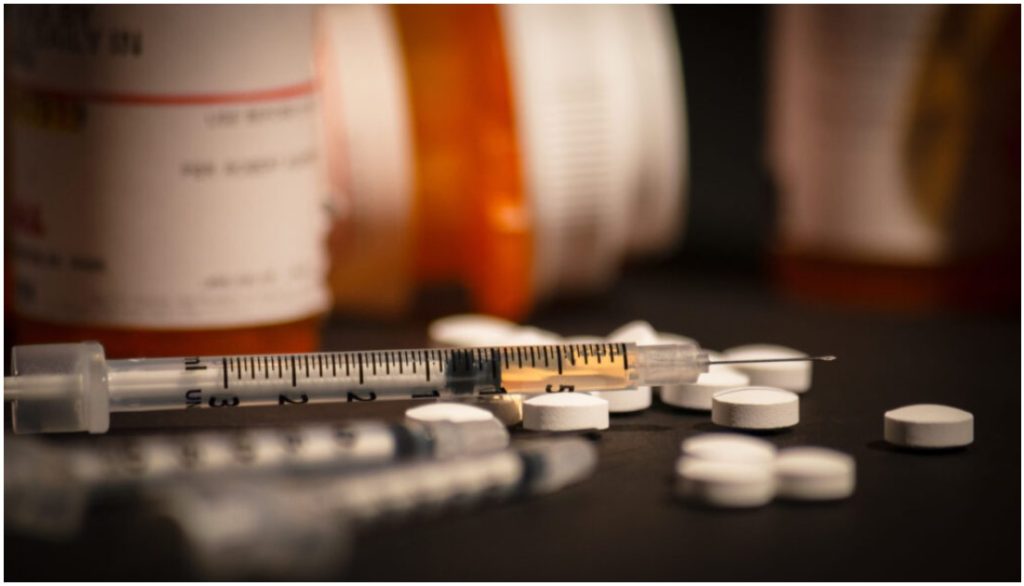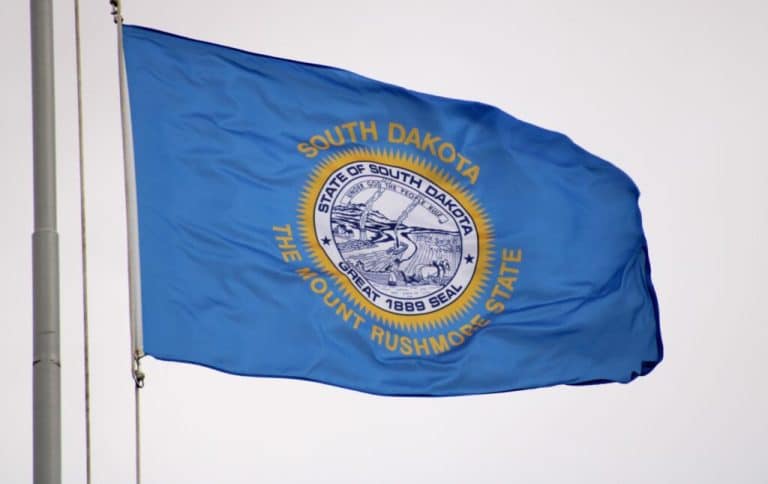PIERRE, S.D. – Pennington County is arguing in court that the state should recalculate its national opioid settlement amounts to pay the county’s litigation costs.
The national opioid settlement was the product of two channels of litigation: a multidistrict lawsuit against manufacturers and distributors of opioids for their role in fueling the opioid epidemic, and state attorneys general suing those same manufacturers and distributors.
South Dakota’s attorney general filed a complaint against manufacturers and distributors in 2018. Three years later, Pennington County was the only South Dakota local government to participate in the national opioid multidistrict lawsuit, filing its complaint in April 2021. Those two channels of litigation merged when a judge ruled the multidistrict lawsuit would expand to a class action lawsuit to cover all subdivisions in all states.
That meant South Dakota counties and cities like Sioux Falls and Rapid City received settlement money without participating in the lawsuit.
“Pennington County did this. They participated and helped put this all together,” said Verne Goodsell of Goodsell Oviatt, the Rapid City law firm that represented Pennington County. “Everybody else shouldn’t get a free ride.”
Goodsell, representing Pennington County, has filed two disputes aiming to recalculate the first three years of South Dakota’s local government settlement allotments from one of the companies that settled in court, Janssen Pharmaceuticals.
Goodsell said the state should have added a “backstop” to have all state subdivisions share a cost of Pennington County’s litigation expenses. That isn’t required though — the settlement established that backstops are at the discretion of the states.
Pennington County received nearly $50,000 in the first two years of the Janssen settlement allocations. It’ll receive another $43,713 in the third year of allocations, according to court documents, and hundreds of thousands more in the coming years.
It owes 15% of its entire Janssen settlement in legal fees, which as of the third round of settlements adds up to roughly $14,000, not including future allocations. The county wants its allocations increased by that amount to cover the fees and to create the backstop taking into account its legal fees. That increase would come out of the settlements paid to all the other cities and counties in South Dakota.
The state argues that the South Dakota opioid settlement memorandum agreement didn’t provide for a backstop when Pennington County signed on and that the state isn’t required to adopt a backstop. South Dakota Chief Deputy Attorney General Charles McGuigan argues in a response letter to the dispute that state law doesn’t allow opioid settlement funds to pay for attorney fees.
“Pennington County filed on the eve of settlement and was the only subdivision to file a complaint in the MDL court,” McGuigan wrote, referring to the multidistrict lawsuit. “The only thing Pennington County has done is file a complaint.”
McGuigan also notes that the Janssen settlement provided a way for litigating parties to seek reimbursement for attorney fees. But Pennington County can’t be reimbursed for attorney fees from the settlement because the county filed three months past the cutoff, Goodsell said.
A backstop is Pennington County’s last option, he explained.
Goodsell said the county requested a backstop when it agreed to a memorandum of understanding with the state, but nothing was done. The county passed a resolution requesting the backstop earlier this year, but the dispute in Hughes County Court is the county’s latest effort.
A hearing date has not been set for the matter.














